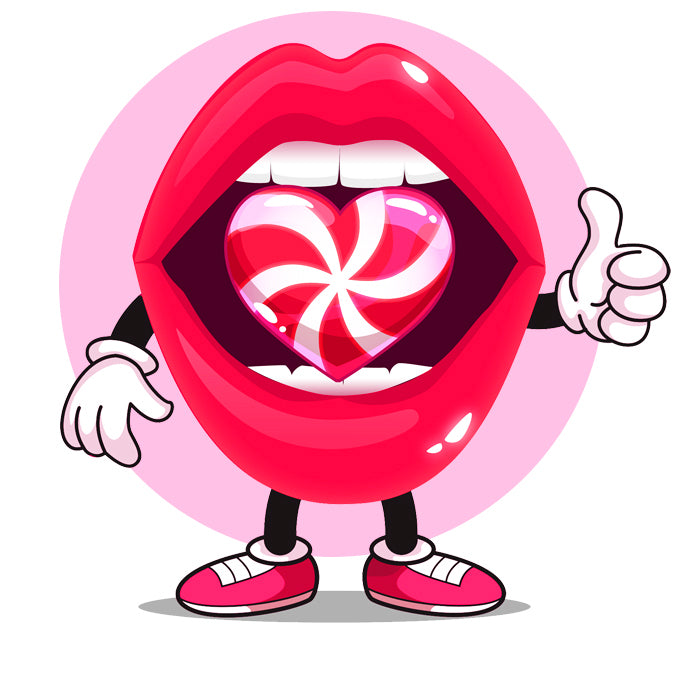The Toblerone was founded in 1908 by the Chocolatiers Theodore Tobler and Emil Baumann invented. The name is one composition from “Tobler” and “Torrone”, the Italian Names for honey almond nougat.
The Toblerone already came in the typical prismatic Form onto the market, which has been legally protected since 1909. There are various legends about the triangular shape of the Toblerone. It is usually assumed that Theodor Tobler was inspired by the local mountains, especially by Matterhorn with its characteristic triangular shape. According to Theodore's sons, they were dancers in the Paris revue Folies Bergère , who formed a pyramid in their red and cream colored dresses during a performance, the model for the Toblerone.
The original logo on the packaging showed an eagle with the Swiss and Bernese flags in its talons, with a mountain backdrop behind it. It wasn't until the 1960s that the Matterhorn appeared on the small side triangle. In 2000 it moved to the long side of the Toblerone. There is one hidden in there bear as a reference to the city of Bern.
In 1969, in addition to the “classic” Toblerone in various sizes, another Toblerone product was introduced for the first time: the black Toblerone (now called Toblerone Dark). The white one followed in 1973, the blue one in the 1990s, the purple Toblerone “Fruit & Nut” with grapes in 2008 and the “Honey & Crisp” variety in 2009.
By merging with Philippe Suchard – the inventor of the brand Milka – the Interfood company was founded in 1970. A further merger with the traditional Bremen coffee roaster Jacobs was created in 1982 Jacobs Suchard. Since 1990, the Jacobs Suchard brands - including Toblerone - have belonged to the US food company Mondelez International (then Kraft Foods), which acquired the majority of Jacobs Suchard. In 1997, the Austrian grocery chain took over Billa the Toblerone temporarily off the shelves due to possible use of genetically modified lecithin. 2018 became one Halal certification of the product applied. Continue reading...



